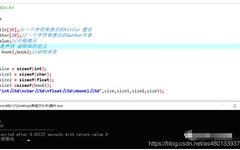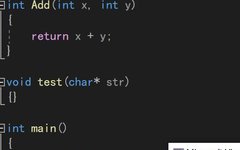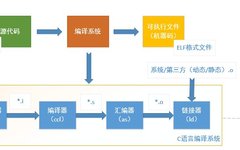C Language and Assembly Correspondence Analysis Revealing Function Call Essence
Recently, NetEase Cloud Classroom opened a course called Linux Kernel Analysis. I have always been interested in operating systems and the essence of computers, so I took a look. In the first class, the teacher asked students to write a blog about the first lesson as an assignment. I was quite surprised by this novel … Read more









